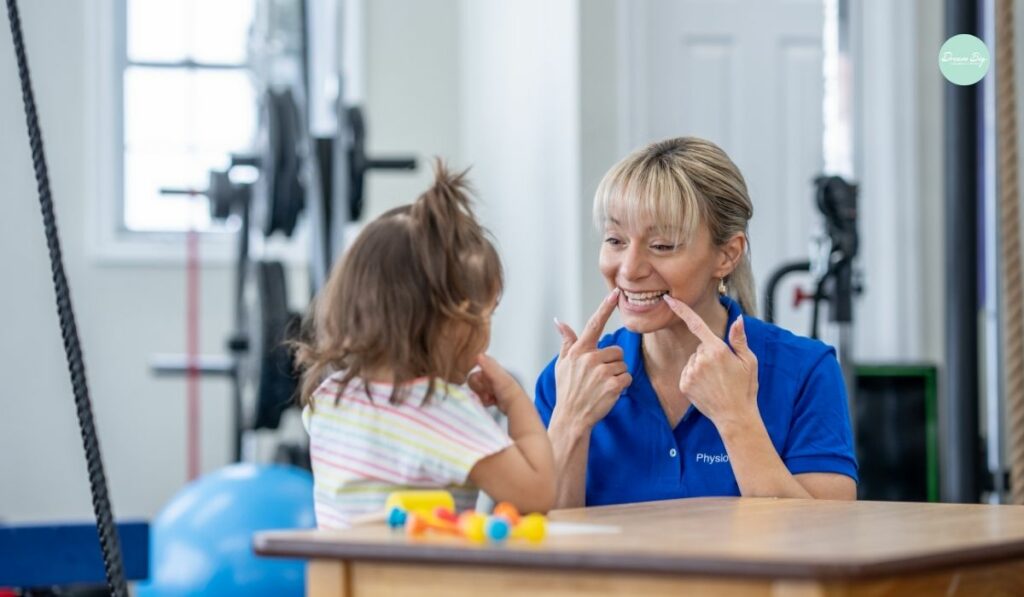Navigating Insurance for Autism Services
Learn how to effectively navigate insurance for autism-related services.
Applied Behavior Analysis (ABA) therapy is a well-established and scientifically validated approach to understanding and modifying behavior. Particularly beneficial for children with Autism Spectrum Disorder (ASD), ABA therapy focuses on improving specific behaviors, such as social skills, communication, reading, and academics, as well as adaptive learning skills like fine motor dexterity, hygiene, grooming, domestic capabilities, punctuality, and job competence.
ABA therapy is rooted in the principles of behaviorism, which emphasize the relationship between behavior and the environment. It uses techniques and principles to bring about meaningful and positive changes in behavior. By analyzing how behavior works and how it is affected by the climate, therapists can develop personalized intervention plans that aim to increase desirable behaviors and decrease those that are harmful or interfere with learning.
Discrete Trial Training (DTT): This involves breaking down skills into small, “discrete” steps and teaching each step systematically. Each trial or teaching opportunity has a clear beginning and end and uses prompts and reinforcement to encourage learning.
Early Intensive Behavioral Intervention (EIBI): Typically designed for young children (usually under the age of five), EIBI is a comprehensive, individualized program that targets a wide range of developmental areas, including language, social, and cognitive skills.

Natural Environment Training (NET): Unlike DTT, which is structured, NET takes place in the child’s natural environment and focuses on spontaneous learning opportunities that arise during everyday activities.
Pivotal Response Training (PRT): PRT aims to increase a child’s motivation to learn and monitor their behavior by focusing on pivotal areas of development, such as motivation, response to multiple cues, self-management, and social initiations.
Verbal Behavior Intervention (VBI): This method focuses on teaching communication using the principles of ABA. It emphasizes the functional use of language and the development of verbal skills.
ABA therapy helps children with autism develop crucial social skills, such as making eye contact, taking turns, sharing, and understanding non-verbal cues. Through structured interactions and positive reinforcement, children learn to engage with their peers and adults in a meaningful way. Social skills training often involves role-playing, social stories, and peer interactions to generalize these skills across different settings.
Many children with autism struggle with communication, ranging from difficulties with verbal expression to non-verbal communication. ABA therapy addresses these challenges by teaching alternative forms of communication, such as using picture exchange communication systems (PECS) or sign language, and enhancing verbal communication through structured programs. This not only helps children express their needs and desires but also reduces frustration and problematic behaviors often linked to communication difficulties.
One of the primary goals of ABA therapy is to reduce behaviors that interfere with learning and daily functioning. These behaviors can include aggression, self-injury, tantrums, and repetitive actions. By identifying the antecedents (triggers) and consequences of these behaviors, therapists can develop strategies to replace them with more appropriate behaviors. Techniques such as positive reinforcement, shaping, and extinction are commonly used to achieve this.
Adaptive skills are essential for daily living and independence. ABA therapy helps children with autism develop these skills, which include dressing, eating, personal hygiene, and safety skills. By teaching these skills in a structured manner and reinforcing positive behavior, children learn to become more independent and self-sufficient.
ABA therapy is also beneficial in academic settings. It helps children with autism improve their attention, focus, memory, and academic skills. Techniques such as task analysis (breaking down complex tasks into smaller, manageable steps) and systematic instruction are used to teach reading, writing, math, and other academic subjects. The individualized approach ensures that each child’s unique learning needs are addressed.
ABA therapy often involves parents and caregivers, which is crucial for transferring skills learned in therapy to everyday life. Training and involving family members in the therapeutic process help create a consistent and supportive environment for the child. Families learn effective strategies for managing behavior, reinforcing positive behaviors, and promoting skill development at home.
ABA therapy is highly versatile and can be customized to meet the unique needs of each child with autism. It can be implemented in various settings, including homes, schools, clinics, and community environments. Here are some practical applications and strategies used in ABA therapy:
In-home ABA therapy provides a comfortable and familiar environment for the child, which can facilitate learning and behavioral change. It allows for the natural integration of treatment into daily routines, making it easier for children to generalize skills across different contexts. Parents and caregivers can observe and participate in sessions, gaining valuable skills to support their child’s development.
ABA therapy can be integrated into the school environment to support academic achievement and social interactions. Behavior analysts collaborate with teachers to develop individualized education plans (IEPs) and implement behavior intervention plans (BIPs). These plans are designed to address specific challenges and goals, such as improving classroom behavior, enhancing social interactions with peers, and developing academic skills.

Community-based ABA therapy helps children with autism navigate real-world situations and environments. This might include practicing social skills in a playground, learning safety behaviors in public spaces, or developing independence in daily activities like shopping or using public transportation. These experiences are crucial for helping children generalize skills and become more independent.
Advancements in technology have expanded the tools available for ABA therapy. For example, video modeling uses videos to demonstrate desired behaviors, which children can watch and imitate. Tablet-based applications can provide interactive and engaging ways to practice skills. Telehealth services have also become increasingly popular, allowing for remote ABA therapy sessions, which can be especially beneficial for families in rural or underserved areas.
ABA therapy offers a powerful and flexible approach to helping children with autism achieve their full potential. Through individualized, evidence-based strategies, it addresses key areas such as communication, social skills, adaptive behaviors, and academic performance. The active involvement of parents and caregivers, combined with the expertise of trained therapists, creates a supportive and nurturing environment for children to thrive.
As the field continues to evolve, ongoing research and innovation promise even more significant advancements in ABA therapy, ensuring that more children with autism can benefit from this transformative approach. With the proper support and resources, children with autism can overcome challenges, develop essential skills, and lead fulfilling, independent lives.
If you’re interested in learning more about how ABA therapy can benefit your child, or if you have any questions, please don’t hesitate to contact us at Dream Big Children’s Center. We’re here to help you every step of the way on your journey toward supporting your child’s development and success.
Applied Behavior Analysis (ABA) therapy is a scientifically validated approach to understanding and modifying behavior. It focuses on improving specific behaviors such as social skills, communication, reading, academics, and adaptive learning skills like fine motor dexterity, hygiene, grooming, domestic capabilities, punctuality, and job competence.
ABA therapy uses principles of behaviorism to bring about meaningful and positive changes in behavior. By analyzing how behavior works and how it is affected by the environment, therapists develop personalized intervention plans that aim to increase desirable behaviors and decrease those that are harmful or interfere with learning.
The primary goals of ABA therapy are to improve specific behaviors, enhance social and communication skills, reduce problematic behaviors, and develop adaptive and academic skills, leading to greater independence and improved quality of life for children with autism.
The duration of ABA therapy varies depending on each child’s individual needs. Some children may show significant improvements within a few months, while others may require several years of consistent therapy to achieve their goals.
ABA therapy is highly individualized and can be customized to meet the unique needs of each child. It is suitable for children with various levels of autism spectrum disorder and can be adapted to different settings and developmental stages.
Parents and caregivers can support ABA therapy by actively participating in sessions, applying learned strategies at home, providing consistent reinforcement, and maintaining open communication with therapists to track progress and adjust plans as needed.
ABA therapy services are available through local clinics, specialized therapy centers, schools, and telehealth providers. To ensure the effectiveness of the therapy, it’s essential to choose a qualified and experienced ABA therapist or behavior analyst.
We are committed to empowering families with the information and support they need.
Learn how to effectively navigate insurance for autism-related services.
Explore our FAQs for clear, simple answers about our services, insurance.
Learn how to effectively navigate insurance for autism-related services.